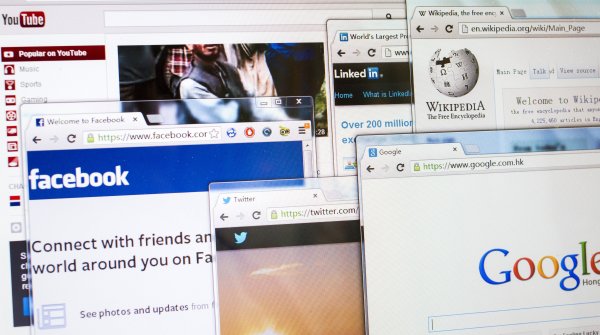
In some circles, it’s almost considered reprehensible to own a TV. Many users, especially in advertising’s target group of those aged 14–59, prefer streaming services such as Netflix or Amazon Prime to watching traditional linear television. This means they also avoid TV commercials, which are not broadcast in paid services. At the same time, more and more people are also circumventing interruptions from online ads, for example by using ad blockers. This is a big problem for companies that advertise, one that often brings out reactionary behavior. [1}“With brand communication receiving less and less attention, many brands are choosing more lighthearted, memorable messages," says Robert Zwettler, managing partner of Berlin-based creative consultancy Dorten studios.“But in many cases, these are perceived as lacking substance, as irrelevant and often even pushy, which means that they get even less attention. The only way to break this vicious circle is with messages that inspire people, messages that people are therefore happy to view or listen to and pass on to others. These stories are based on a perspective that carries weight, a view of the world that connects with the real lives of consumers. The outdoor industry definitely has this.”
One brand that consistently draws attention with memorable stories of this kind is Patagonia. There’s the well-known “don’t buy this jacket" ad as a protest message against unbridled consumption during the US shopping holiday Black Friday, as well as their "The president stole your land" campaign, which opposes the development of protected land in the western states of America. The campaigns have two essential things in common. They communicate a strong message, and it is framed within a larger context. To take another example, Schöffel’s less political, but equally relevant and context-driven motto “Ich bin raus (I’m out)” has been raising awareness of the negative aspects of our “acceleration society” for years. These and other examples show just how successful the outdoor industry can be in exploring new contexts and putting its message across in a roundabout way. They demonstrate how convincingly the industry can talk about contemporary topics such as environmental protection, “decelerating” our high-speed society, or self-awareness. The reason this is so important is that authenticity will draw more attention and be more credible
Patagonia: "We’ve fought to protect these places since we were founded and now we’ll continue that fight in the courts." — Rose Marcario, President and CEO
The idea of drawing attention to your brand through relevant content isn’t new. The internet is filled with content marketing. With a highly relevant and credible message, the outdoor industry definitely has a chance at standing out from its competitors in the fight to get noticed. But these days, reaching a really broad audience requires the help of technology. Online advertiser Outbrain refers to the targeted display of content on the net as “content discovery.” By its own account, the service provider reaches 1 billion unique users per month and makes 275 billion recommendations. Recommendation management displays branded content on recognized publisher sites such as Bild, Focus Online, CHIP, or Spiegel. Outbrain calls this service “Amplify.” In fact, today an online campaign is rarely conducted without these technical amplifiers. However, careful consideration must be given here to which contexts the message fits best, so as not to lose any valuable credibility. Storylines from the outdoor industry have the greatest potential for development when relevant content is displayed in credible environments tailored to the target group. Only then is it possible to reach consumers who often avoid brand communication and win them over with the message.
"We believe that credible and relevant content would bring considerable added value when communicating a brand to customers. To bring this content to the right people at the right time, the right technical solutions are essential," says Peter Bilz-Wohlgemuth, CTO of The Digitale, the agency that sees to the development, operation and editorial management of ISPO.COM on behalf of Messe München."That's why we place a great deal of emphasis on agile methods and high-performance technical features in the continuous development of says Bilz-Wohlgemuth. “The international target group of the sports industry will only be reached with a combination of brilliant technology, relevant content and an intelligent and perfectly adapted segmentation of measures. And where is this target group found? At other publishers, on social media platforms such as LinkedIn, or in search engines.”
- Awards
- Mountain sports
- Bike
- Fitness
- Health
- ISPO Munich
- Running
- Brands
- Sustainability
- Olympia
- OutDoor
- Promotion
- Sports Business
- Textrends
- Triathlon
- Water sports
- Winter sports
- eSports
- SportsTech
- OutDoor by ISPO
- Heroes
- Transformation
- Sport Fashion
- Urban Culture
- Challenges of a CEO
- Trade fairs
- Sports
- Find the Balance
- Product reviews
- Newsletter Exclusive Area
- Magazine





